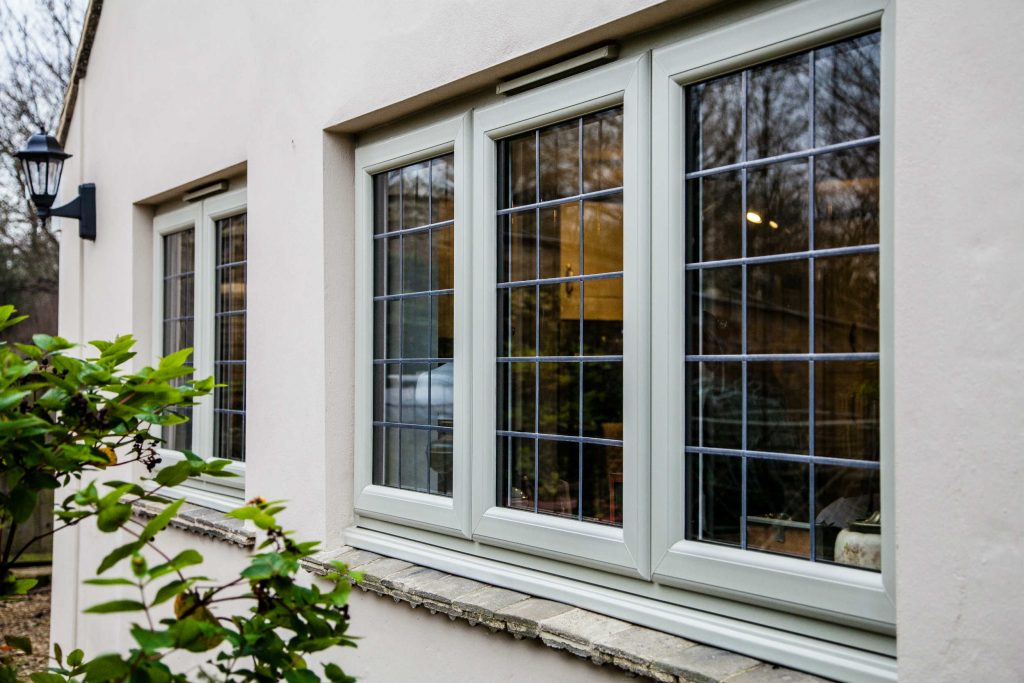All Categories
Featured
Table of Contents
Double Glazed Windows Sydney & Replacement Windows in Karrinyup Western Australia
Glazing just suggests the windows in your home, consisting of both openable and fixed windows, as well as doors with glass and skylights. Glazing actually simply indicates the glass part, but it is usually used to refer to all elements of an assembly consisting of glass, movies, frames and furnishings. Taking notice of all of these elements will assist you to attain reliable passive style.

Energy-efficient glazing makes your home more comfortable and drastically reduces your energy expenses. However, improper or inadequately developed glazing can be a significant source of undesirable heat gain in summer season and significant heat loss and condensation in winter. As much as 87% of a home's heating energy can be gotten and up to 40% lost through windows.
Why Should You Have Double-glazed Windows This Summer? in Inglewood Western Australia
Glazing is a substantial financial investment in the quality of your home. The expense of glazing and the expense of heating and cooling your home are carefully associated. A preliminary investment in energy-efficient windows, skylights and doors can considerably lower your annual heating and cooling costs. Energy-efficient glazing likewise decreases the peak heating and cooling load, which can minimize the required size of an air-conditioning system by 30%, leading to additional expense savings.

This tool compares window selections to a base level aluminium window with 3mm clear glass. Understanding some of the key properties of glass will help you to select the very best glazing for your house. Key properties of glass Source: Adapted from the Australian Window Association The quantity of light that travels through the glazing is understood as noticeable light transmittance (VLT) or noticeable transmittance (VT).
Benefits Of Replacing Double Glazing Windows In The Summer in Marmion Western Australia
This might lead you to switch on lights, which will lead to higher energy costs. Conduction is how easily a product performs heat. This is understood as the U value. The U worth for windows (revealed as Uw), describes the conduction of the whole window (glass and frame together). The lower the U worth, the higher a window's resistance to heat flow and the much better its insulating worth.
If your house has 70m2 of glazing with aluminium frames and clear glass with a U value of 6. 2W/m2 C, on a winter's night when it is 15C chillier outside compared to indoors, the heat loss through the windows would be: 6. 2 15 70 = 6510W That is equivalent to the overall heat output of a large room gas heater or a 6.
Double Glazed Windows Melbourne in Inglewood Western Australia

If you choose a window with half the U value (3. 1W/m2 C) (for instance, double glazing with an argon-filled space and less-conductive frames), you can halve the heat loss: 3. 1 15 70 = 3255W The solar heat gain coefficient (SHGC) for windows (expressed as SHGCw) determines how easily heat from direct sunshine flows through an entire window (glass and frame together).
The lower a window's SHGC, the less solar heat it transfers to the house interior. The real SHGC for windows is impacted by the angle that solar radiation strikes the glass.
Climateframe Double Glazing: Perth's Double Glazed ... in Medina WA
When the sun is perpendicular (at 90) to the glass, it has an angle of occurrence of 0 and the window will experience the optimum possible solar heat gain. The SHGC declared by glazing manufacturers is constantly determined as having a 0 angle of occurrence. As the angle increases, more solar radiation is shown, and less is transferred.
Table of Contents
Latest Posts
How Much Money Does Double New Glazing Save? in Piesse Brook Western Australia
Does Double Glazing Reduce Heat In Summer Uk? in Hocking Western Australia
Summer House Windows Online - Windows24.com in WA
More
Latest Posts
How Much Money Does Double New Glazing Save? in Piesse Brook Western Australia
Does Double Glazing Reduce Heat In Summer Uk? in Hocking Western Australia
Summer House Windows Online - Windows24.com in WA